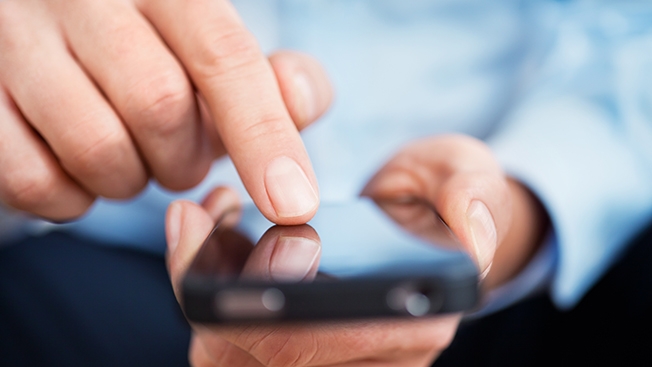
As those $4 million, 30-second ads flash across flatscreen TVs this Super Bowl Sunday, brands that bet big on the final NFL game of the season will be more focused on what is happening on millions of small smartphone, tablet and laptop screens across the nation.
This year, more brands than ever will use their high-dollar ad slots to deliver a half-minute pitch convincing consumers to interact with them on social media. It’s what marketers have long been calling the second screen audience, and this Super Bowl will reveal how important this social media audience is to advertisers during the largest live television event of the year.
The momentum has been building for several years now. In 2012, only 7 percent of Super Bowl ads contained hashtags, but last year that number climbed to 50 percent, according to MarketingLand.com. In 2014, hashtags are expected to overtake corporate website mentions, according to Web-strategist.com.
Several large trends are converging to fuel this phenomenon. Television’s power is waning, making must-see TV that consumers choose to watch live (without the use of a DVR) more valuable to advertisers than ever before. But as the price tags for these live TV spots rise, brands want something more than 30 seconds of TV exposure for their $4 million. They are finding that extra value on social media. And most are using hashtags—the symbols that unlock a connection across all social media platforms, including Facebook, Twitter, Instagram, Vine—as the mechanism that taps consumers into their social media channels.
Brands that use social media correctly are reaping a lengthened period of influence from their Super Bowl ads. They are starting social media conversations before, during and after the game. Adobe research shows that “visits and page views to companies that advertise on TV during the Super Bowl show a 20 percent increase in visits on the day of the game and maintain higher than average traffic for a week following the game.”
H&M has already jump started the social media engagement days before the Super Bowl, giving their fans the opportunity to choose the ending to a Super Bowl spot featuring David Beckham by voting for “#covered” or “#uncovered.”
The Super Bowl showcases an advertising world in the throes of deep, systemic changes. The one-way broadcasting of advertising messages to a somewhat passive audience is evolving into a much more interactive advertising and marketing experience. Brands are conversing with customers, exchanging ideas, and soliciting content through social media. More and more, traditional advertising is becoming a billboard, pointing consumers toward social media, where more personal layer of marketing, advertising and interaction closes the deal with consumers. Once consumers engage with them online, brands have many more targeted ways to convert a transaction that is now only a click away.
The Super Bowl is still the king of American advertising events. But as hashtag after hashtag flashes across the screen on Sunday, it will be clear that the world’s largest brands already realize that the second screens glowing in the room are the heirs to the throne.
Kevin Bobowski (@bobowski) is the vp of marketing for Offerpop, a New York-based social marketing software company that powered the first use of a hashtag in a Super Bowl commercial in 2011, in the '#ProgressIs' campaign by auto manufacturer client Audi.